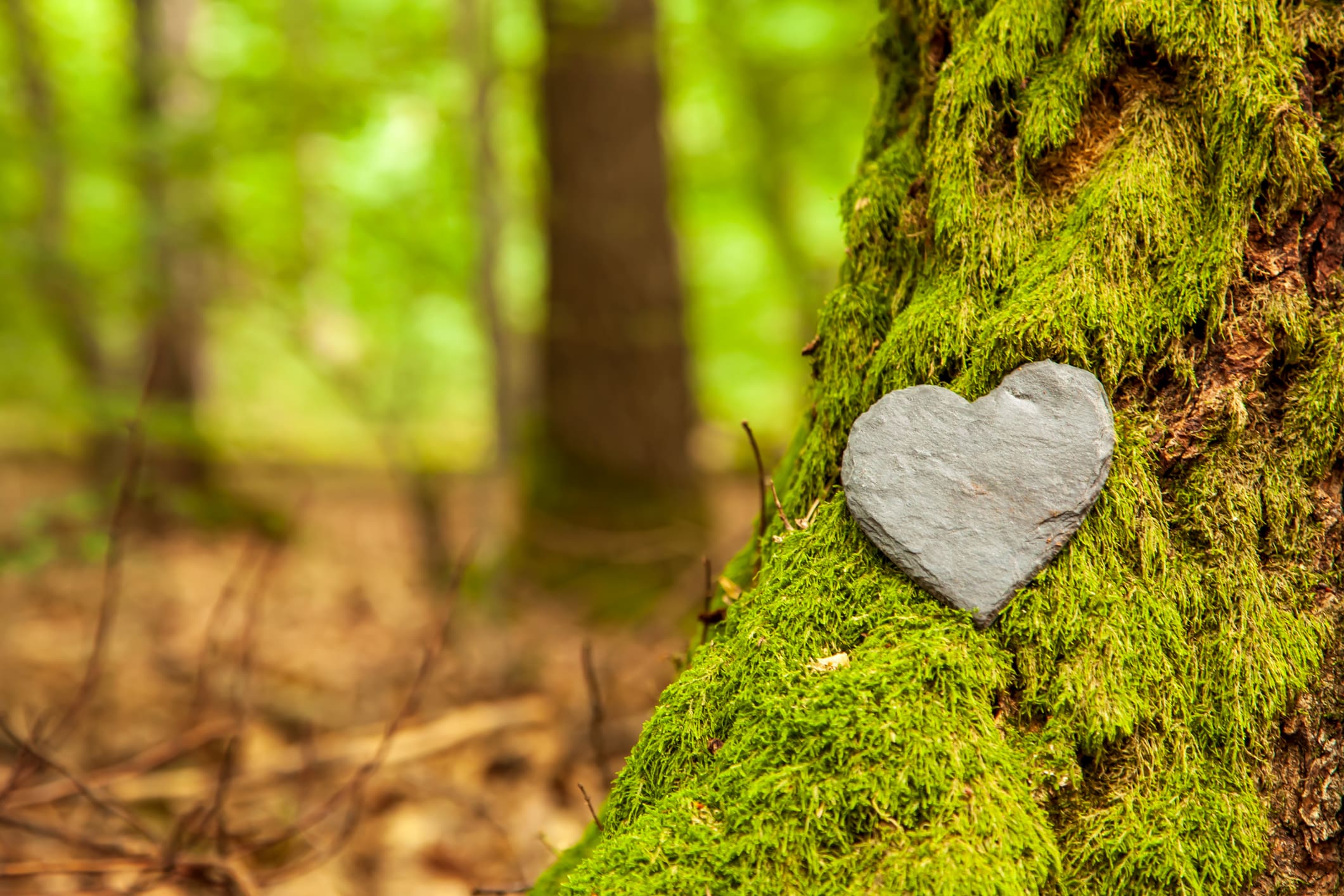Green Funerals: Eco-Friendly End-of-Life Planning

As people become more climate conscious, understanding the environmental impacts of traditional funeral approaches becomes all the more important. In this article, we take a look at how many end-of-life traditions can actually be harmful to our earth, and explore what a "green funeral" can look like.
By Jennifer G. McKechnie, MSW, RSW, Psychotherapist
Once upon a time, it was considered morbid to talk about death and dying. Conversations were had in hushed tones or avoided altogether. But in our ever-changing world, thoughts and views around death are evolving.
I’ve even heard of individuals planning their own celebrations of life, which they look forward to enjoying with friends and family long before they actually take their last breath. So in the spirit of embracing new ideas, and in recognition of Earth Day this month, let’s explore the idea of green funerals.
Planning a funeral during a period of crisis can be truly overwhelming, and it makes sense that many of us will look for a prescribed set of steps to follow. But in our society, it still feels like there are only two main choices when it comes to caring for the dead, namely: cremation or casket? When in reality, there are different ways to lay our loved ones to rest.
Not to mention, as people become more climate conscious, understanding the environmental impacts of traditional funeral approaches becomes all the more important. Let’s take a look at how many of our end-of-life traditions can actually be harmful to our earth.
Things to consider
- Chemicals used in the embalming process can pose a risk to aquatic environments. Contaminants such as formaldehyde and triclosan are used in the process of embalming, and are discharged into the sewage system (source).
- Every year, approximately nine million acres of trees end up being turned into caskets (source), which are also made with a number of other materials that end up in the ground, including concrete, copper, plastic, and steel that can then pollute the soil around them.
- One cremation results in 535 pounds of carbon dioxide. According to the David Suzuki Foundation, this would be the equivalent of driving 980 kilometres in a mid-sized vehicle!
- And, consider the amount of water, fertilizer, and gas-fed machinery that are used to keep cemetery lawns looking so green.
5 ideas for a greener funeral
If we spend some time advance planning, and put some eco-friendly thought into the process, we can make choices that are much better for our earth. Below are 5 ideas for a greener funeral:
- Aquamation, sometimes described as “water cremation,” uses alkaline hydrolosis to dissolve the body in a manner that uses very little water and requires no flame, saving on energy and cutting emissions (source).
- “Green burials” involve wrapping the body in a biodegradable cloth, and burying the individual in a specially designed cemetery that uses natural grasses and plant species to ‘rewild’ the area after the burial.
- Some green burials also involve using cloth that is sewn with mushroom spores. The mushrooms help with decomposing the body, and also act as filters to limit any potential for toxins to leach into the surrounding ground.
- Rather than using typical headstones or plaques, consider greener options like a commemorative bench, natural stone, or carved wood sculpture.
- Another option is to donate your body to science. This can be done through a variety of medical schools who will then return any remains to your family after cremation.
Although these ideas may sound ‘new’ or strange, many of them actually reflect practices that humans around the world have engaged in for thousands of years.
And you know what? Beautiful cemeteries that respect green burial practices can be found across Canada. Try asking your local funeral home about green practices they may be able to offer.
Many of us are not so keen to talk about what we would like to have happen to our bodies after death. But putting thought into end-of-life planning beforehand can allow us to make more earth-healthy decisions that we can all feel more positive about.
And, as a final act, we can pay homage to the earth that has sheltered us throughout our lifetimes.
About the Author
Jennifer G. McKechnie is a trauma therapist working with both children and adults. Jennifer utilizes interventions such as Eye Movement Desensitization and Reprocessing (EMDR), Sensorimotor Psychotherapy, as well as Polyvagal Theory in her work. She values ongoing learning as a key part of maintaining and growing her practice. When away from the office, Jennifer incorporates self-regulation techniques into her day by connecting with nature through running, as well as spending time with her partner and pets.





